Flore Dispensary’s Guide to Weed
Know Cannabis? Flore Does.
Many of us are familiar with the experience of consuming cannabis, especially in the form of smoking a bowl, a pipe, or a joint. While these forms of consumption may have been many of our first encounters with this amazing plant, the rapid evolution of cannabis culture and business has created a range of infused products that can be used for a number of different needs.
In addition, the knowledge of cultivation, processing, and the science of the plant itself has advanced greatly in the last 25 years. With all the developments in our ever-expanding industry, and the curiosity surrounding it, we have created this handy guide to answer some of the most common questions we get asked about our favorite plant.
What’s the difference between Weed and Marijuana?
These are two different names for the same plant, with “weed” being the most common slang term used for cannabis. ‘Marijuana’ is a term for cannabis with a controversial history. Many cannabis companies and advocates have moved to eliminate the term ‘Marijuana’ when referencing cannabis due to the undeniably racist persecution of people of color by American prohibitionists.
The term ‘Marijuana’ was first introduced to the US lexicon via Mexico around 1910, as Mexicans legally immigrated to the US to flee the Mexican Revolution. This diaspora and the American soldiers returning to their homeland began to popularize the use of the word ‘Marijuana.’
In the 1930s, the US government appropriated the term in a negative way to demonize cannabis use through propaganda films such as ‘Reefer Madness,’ a fear-mongering movie full of lies and racist tropes designed to scare the public at a time when racism was both socially and legally acceptable. A similar stigma was driven by the Nixon administration of the 1970s, causing further persecution of already marginalized groups for their use of cannabis, which unfortunately persists in some circles today.
For this reason, we aim to use any of the other terms for our beloved cannabis and provide the education that helps our community understand why certain terms are preferable to others.
In addition, the knowledge of cultivation, processing, and the science of the plant itself has advanced greatly in the last 25 years. With all the developments in our ever-expanding industry, and the curiosity surrounding it, we have created this handy guide to answer some of the most common questions we get asked about our favorite plant.
Is weed legal in California?
Cannabis first became legal for medicinal use in California in 1996 via the Compassionate Use Act, also known as Proposition 215. This made it the first state in America to have legal access to cannabis! In 2018, cannabis became legal for recreational purposes in California with Proposition 64. You must be 21 years old to purchase cannabis recreationally or 18 years old with a doctor’s recommendation to buy medical cannabis.
While we are still waiting for legalization on a Federal level, there are now over 30 states with some level of legal access to cannabis!
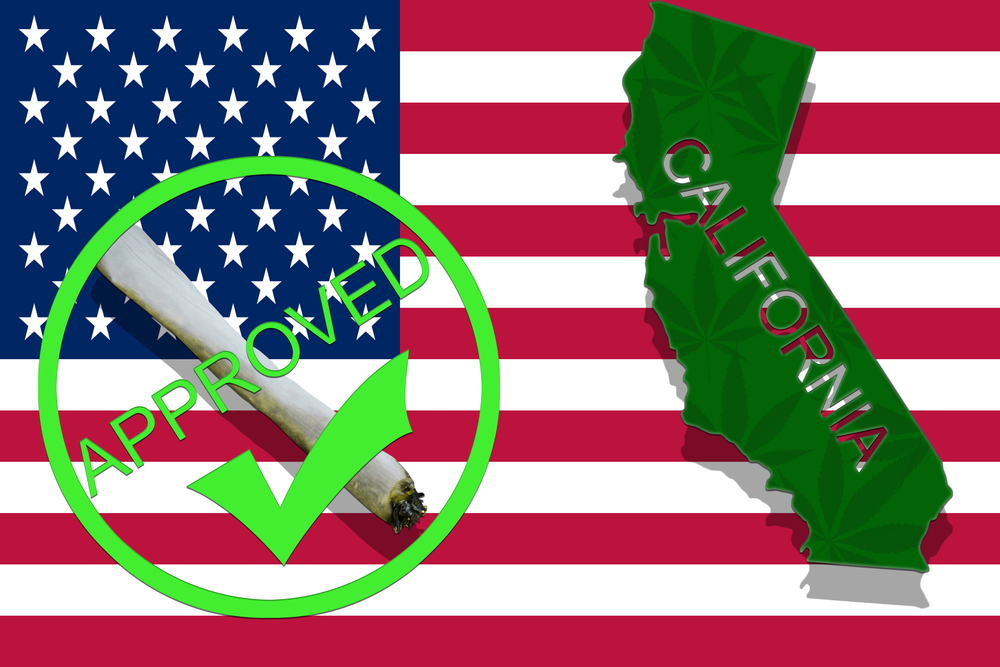
Whats better, sungrown or indoor weed?
The truth is that sun grown cannabis can be just as good – if not better – than indoor-grown cannabis!
While indoor cultivation allows maximum control of the various elements that go into growing healthy plants, many outdoor cultivators can produce the same quality through their skills and understanding of the land.
At Flore, we are passionate advocates of sun grown cannabis due to the sustainability and regenerative nature of the farming techniques used, with several sun grown strains of our own promoting the legacy of Humboldt County and its growers.
Many cannabis lovers find the experience of smoking or vaping sun grown flower more pleasurable, citing a warmer feeling and more enjoyable high as the reasons why. Sungrown cannabis is also much less resource-intensive, as expensive indoor lighting and ventilation systems are not required, making sun grown cheaper to produce and buy – a great deal for the grower, the planet & the end consumer!
Why is Humboldt County known for weed?
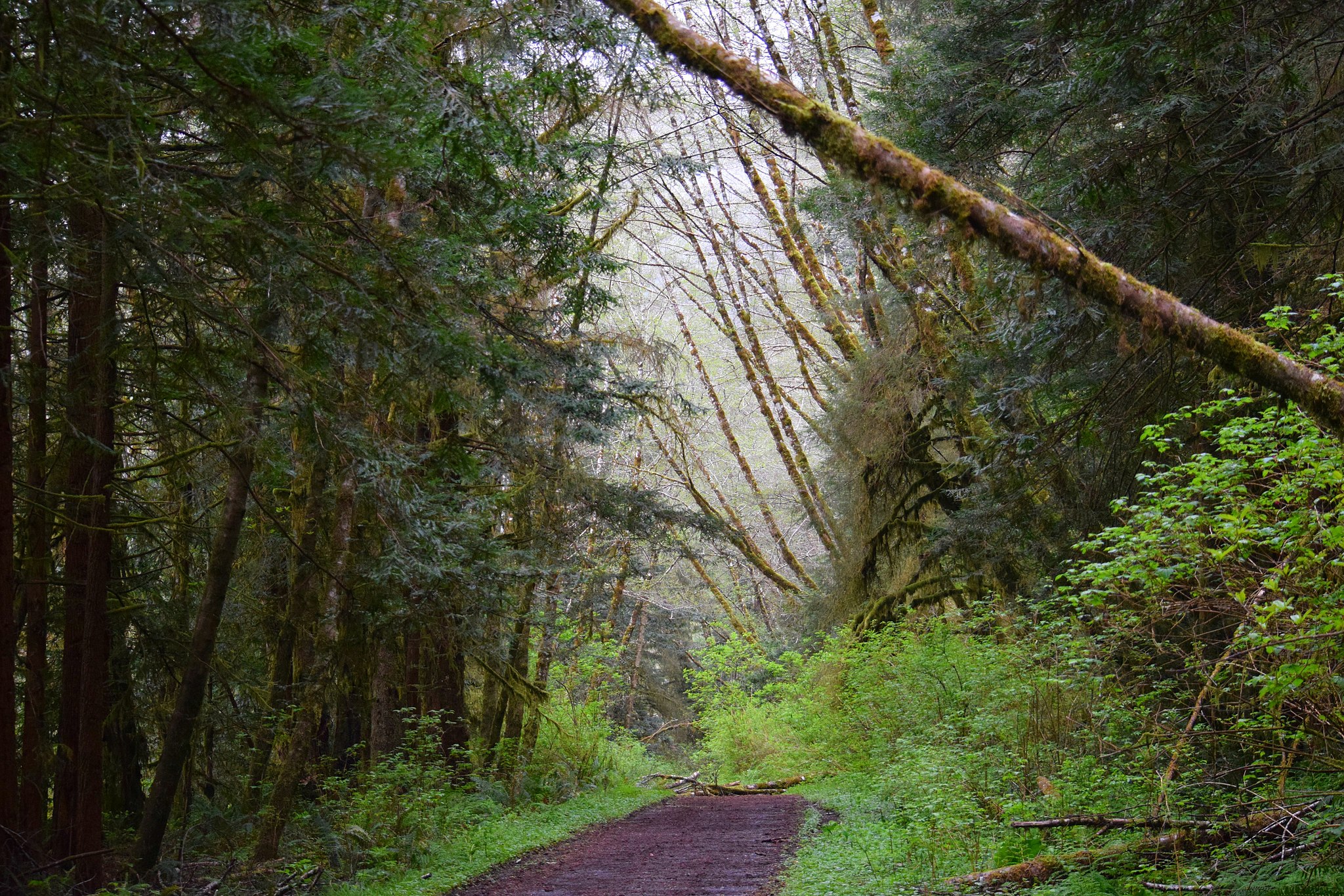
Humboldt County is part of the Emerald Triangle, 3 counties in Northern California renowned for being some of the most ideal climates to cultivate cannabis in. Since the early 1960s, Humboldt has been a farming community, with many of its residents working in some form of agriculture. During prohibition, the rolling hills of these counties also assisted cannabis growers in remaining hidden amongst the surrounding dense woods in the area.
The unique combination of soil, sunlight, rainfall, wind currents, and altitude makes Humboldt, Mendocino, and Trinity counties ideal for growing cannabis, and the cultivators in these regions have developed an expertise that allows them to use the natural elements to produce some of the most in-demand cannabis in the world.
What are the best ways to consume weed?
We are very lucky to live in a time where we have multiple options when it comes to consuming cannabis! Below is a brief overview of the most well-known consumption methods.
Flower & Pre-Rolls
The most recognizable and popular product is raw cannabis flower, bought as whole nugs and buds or ready to smoke straight out of the packaging in pre-rolled joints.
Advantages – Feel effects almost instantly, good control over dosage.
Disadvantages – Requires inhalation or smoking, not preferred delivery method for many non-consumers.
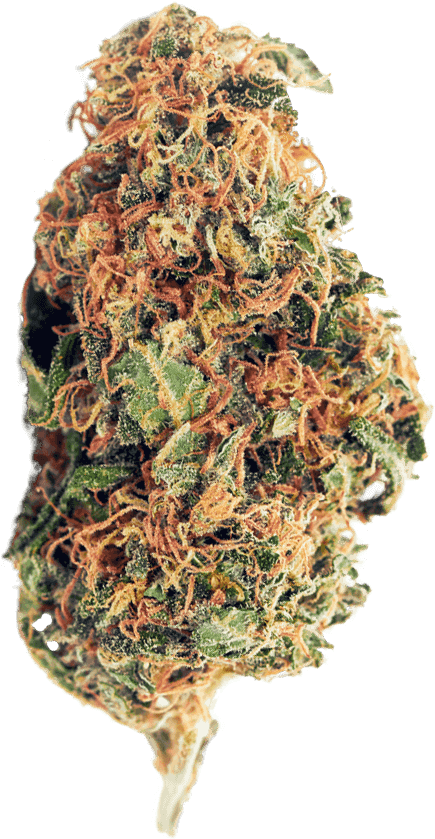
Vapes
If one is seeking a rapid onset of effects, the next category to explore would be vaporizers, typically oil-filled cartridges activated by a handheld battery.
Advantages – Feel effects almost instantly, ease of use, discrete consumption, good control over dosage.
Disadvantages – Can be a more acute experience than flower for some, and effects last for a shorter duration than inhaling flower.

Extracts & Concentrates
Extracts or concentrates are products created by extracting or separating cannabis resin from the plant’s surface to make waxes, shatters, rosin and hash, which are all different consistencies and processes of preparing cannabis resin.
Advantages – Feel effects almost instantly, high potency, flavor experience,
Disadvantages – Very acute psychoactive experience, not suitable for low tolerance or novice consumers.
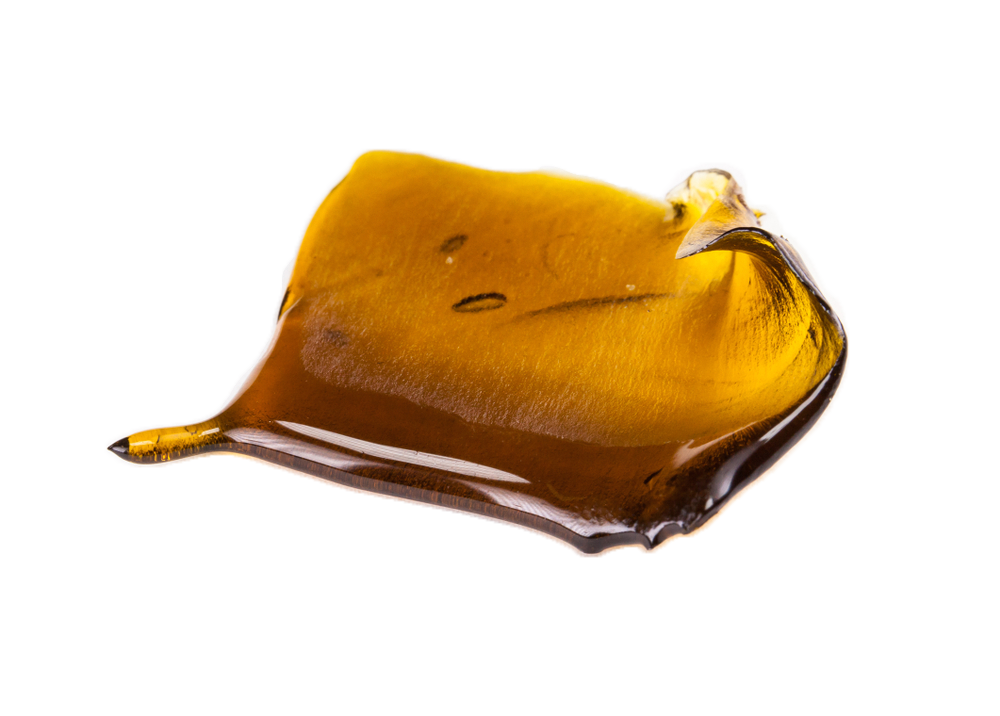
Edibles
Another of the most well-known categories of cannabis products is edibles, a catch-all term for any cannabis-infused food product. This is undoubtedly one of the most developed categories of cannabis products, with all sorts of chocolates, gummies, taffy chews, hard candies, cookies and even fruit strips available!
Advantages – length and potency of effect, discrete consumption, doesn’t require inhalation.
Disadvantages – slower onset time, steeper learning curve for accurate dosing, potency can be overwhelming for less experienced consumers.
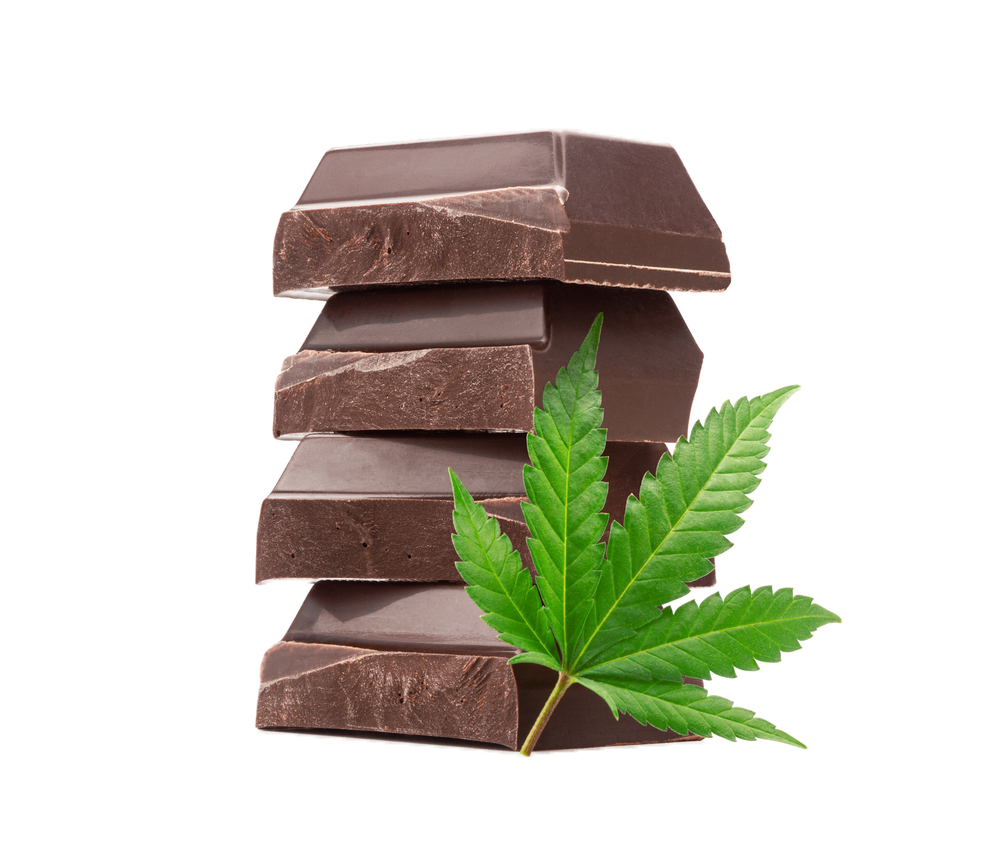
Drinks
Cannabis drinks have become especially popular since Prop 64 and frequently offer great low-dose options for those new or sensitive to THC.
Advantages – Faster onset time than edibles, easy to dose, discrete consumption, and many low-dose options.
Disadvantages – Not a price-effective option for higher tolerance consumers.
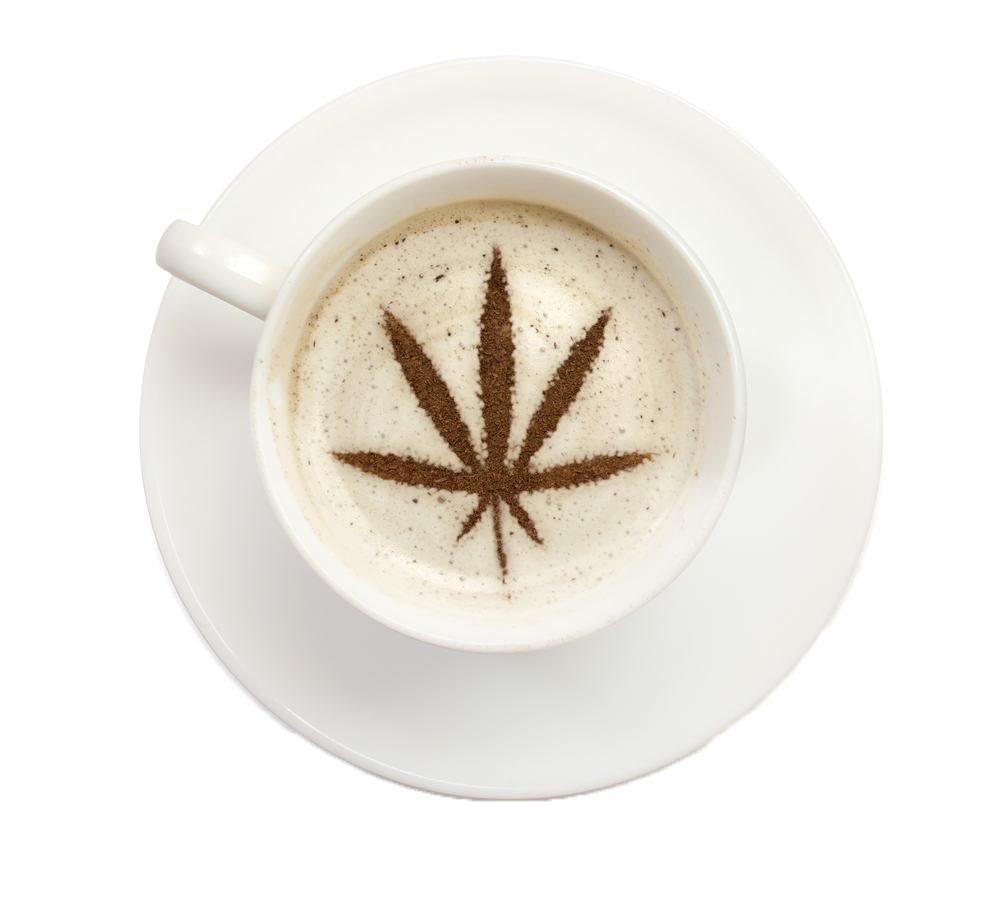
Wellness
A category of products constantly gaining popularity in cannabis includes topicals, tinctures, capsules, and transdermal patches – these product forms are typically used for pain relief, stress, and sleep.
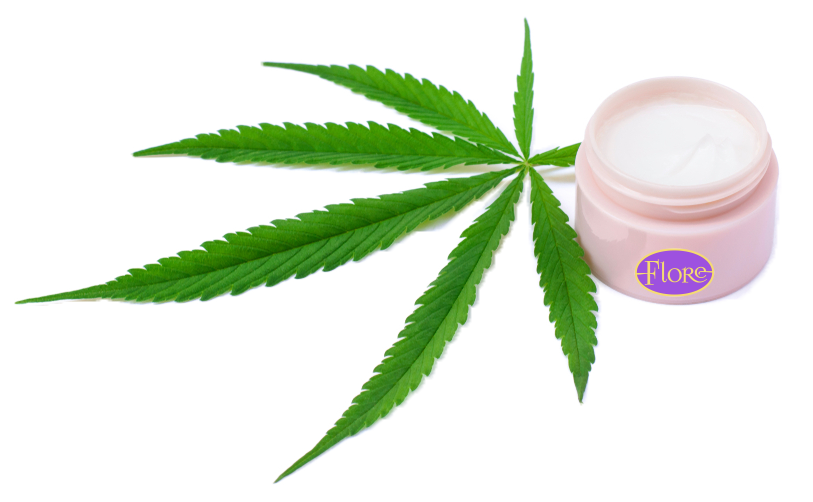
Topical
Infused balms, oils and creams applied to the skin’s surface.
Ideal for – Providing pain relief in minutes without psychoactive effects, topicals are discrete and can be applied regularly throughout the day.
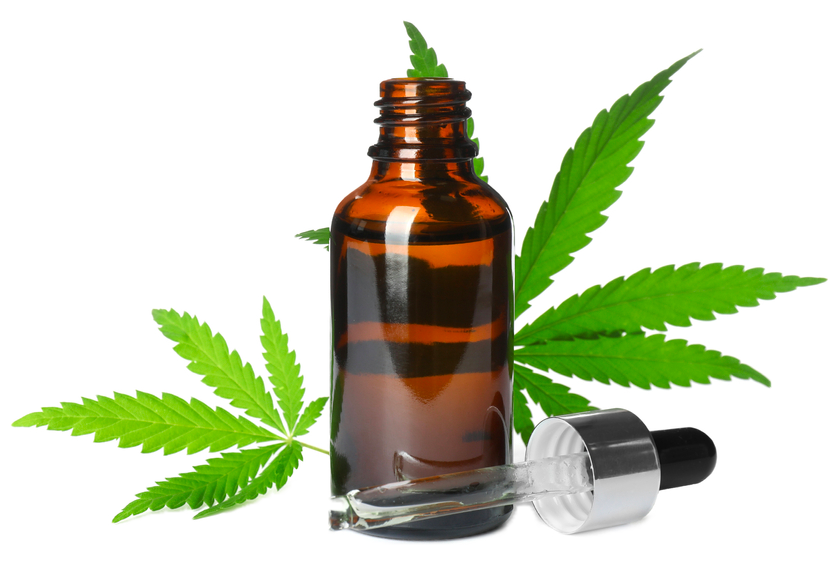
Tinctures
An infusion in a carrier oil or alcohol designed to be ingested orally, dropped under the tongue, and absorbed sublingually.
Ideal for – Offering the fastest delivery method next to inhaled cannabis, flexible dosing with marked droppers allows users maximum control.
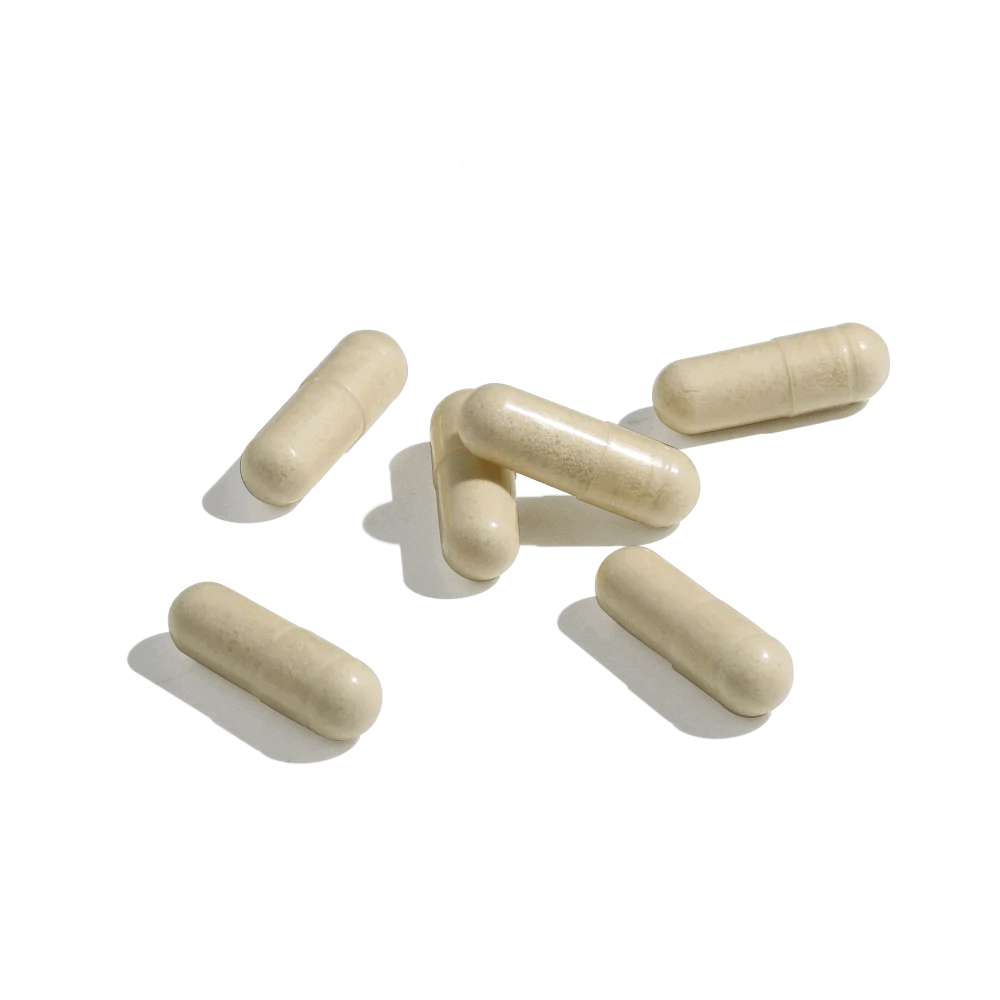
Capsules
An infusion in a carrier oil or alcohol designed to be dropped under the tongue and absorbed sublingually.
Ideal for – Offering the fastest delivery method next to inhaled cannabis, flexible dosing with marked droppers allows users maximum control.
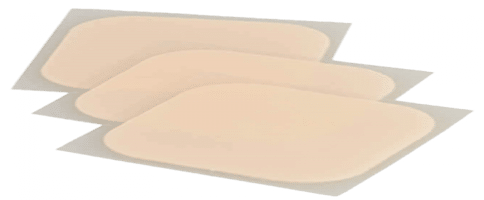
Transdermal Patches
An adhesive patch applied to clean, unbroken skin with a formulation that carries cannabinoids through the skin & into the bloodstream.
Ideal for – Long-lasting pain relief, with up to 12 hours of efficacy and a discrete application. Can also be cut into smaller pieces to adjust dosing and are often an excellent choice for those seeking more pain relief than topicals can offer.
While this is not an exhaustive list of all the types of cannabis products available, it certainly highlights the incredible variety we are lucky to choose from these days!
While this is not an exhaustive list of all the types of cannabis products available, it certainly highlights the amazing variety we are lucky to choose from these days!
What are the effects of Weed?
The effects of cannabis depend greatly on the individual’s prior experience, the method of consumption and the amount of dose used. The most typical effects people report are:
- Pain and stress relief;
- Feelings of euphoria or bliss;
- Relaxation and openness to creative thought;
- Some people also notice an increased sensory perception, reporting that cannabis makes food taste better, sex feel better, and music sound better.
The most commonly reported negative side effects are:
- Dizziness;
- Anxiety or paranoia;
- Hunger/munchies
- Dry mouth, dry and/or red eyes;
These effects can usually be mitigated by avoiding overconsumption. As everyone is different, there is always an element of personal discovery that one needs to embark on to find the best dose sizes, their preferred delivery method and what cannabinoids work best for their particular needs or desires.
The terms ‘Sativa’ and ‘Indica’ are typically used to try and indicate what type of effect a consumer can expect, with ‘Sativa’ used to denote uplifting or stimulating cannabis strains and ‘Indica’ used to denote relaxing or sedative strains.
In truth, both terms are outdated due to almost every available cannabis strain being a Hybrid that has been bred to produce high amounts of THC. We now understand that the types of terpenes found in cannabis are a much more accurate indicator of whether a strain is likely to be more stimulating or sedative.
Are cannabinoids found in weed?
There are over 100 cannabinoids in cannabis, the most popular being THC and CBD. Tetrahydrocannabinol, or THC, is the most abundant cannabinoid in cannabis due to decades of selective breeding by cultivators for its euphoric psychoactive effects. Cannabidiol, or CBD, is the second most famous cannabinoid, known for many health & wellness applications with a non-intoxicating effect. In addition, several other cannabinoids, such as Cannabinol or CBN, are currently being studied, which shows promise for those who suffer from sleep issues.
While scientists are yet to discover the exact characteristics of many of the minor cannabinoids, they have found that all of these compounds work most effectively when kept whole, as they are naturally found in the plant.
Products that offer the full range of cannabinoids are known as ‘full spectrum’ (whole cannabis plant material), meaning that the effort has been made to preserve as many cannabinoids as possible while creating the finished product. Therefore, if you want maximum efficacy from your cannabis products, watch for the term ‘full spectrum’ or ‘whole plant’ on the packaging.
Why do terpenes matter in weed?
Alongside the various cannabinoids, terpenes are the most influential compounds to the experience of vaping or smoking cannabis. Terpenes are aromatic oils naturally occurring in cannabis resin and are responsible for the type of fragrance a particular strain displays. There are around 200 terpenes found in cannabis, and the combination and ratio of these terpenes – along with THC content – will determine whether inhaled cannabis makes one feel more sedation (“Indica”) or stimulation (“Sativa”).
Terpenes effect can be described by the following analogy: If THC is the engine of the cannabis experience – determining how fast and far we can go – terpenes would be the steering wheel and tires, guiding the direction of the experience. Therefore, terpenes are absolutely essential in cannabis! While the THC percentage of a strain influences the perceived potency, it does not tell the full story without the support of terpenes, known as “The Entourage Effect.”
How did weed serve the AIDS Crisis in San Francisco?
Cannabis was a tool for healing during the AIDS crisis in San Francisco, with pioneers Dennis Peron and Brownie Mary, who together created the country’s first-ever compassionate cannabis legislation, Proposition 215. The significance of their work is genuinely foundational to changing attitudes towards cannabis across the country and, in turn, the world. After sharing a joint at Cafe Flore – across the street from our lovely dispensary! – they decided to formulate a plan to reform cannabis law.

Dennis Peron
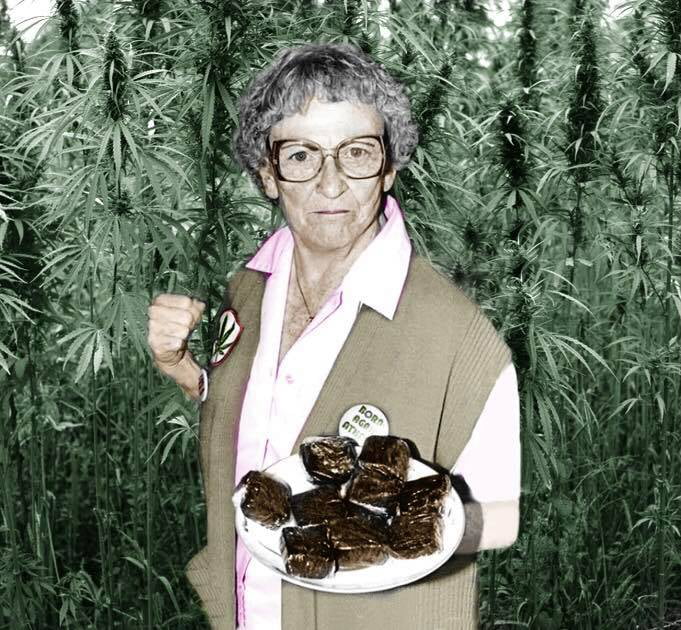
Brownie Mary
They are considered patron saints of cannabis in California for their incredibly courageous and compassionate efforts to assist those suffering from AIDS/HIV in their community. At the height of this crisis, Brownie Mary was baking hundreds of cannabis-infused brownies a day & giving them away to anyone who was in need, while Dennis Peron opened the first cannabis club ever in San Francisco with Brownie Mary’s help – the San Francisco Cannabis Buyers Club, after discovering how cannabis helped alleviate his partner’s HIV symptoms.
What both had found was that cannabis was especially helpful for those with wasting syndrome, increasing their appetite and slowing their weight loss, and easing their pain. They never stopped their quest, despite numerous attempts from police and judges to persecute them, and eventually made it abundantly clear to the authorities that their work was valuable, and successfully spearheaded Proposition 215 – a measure that made cannabis available for medicinal use and specifically offered free or significantly discounted cannabis to those in need.
At Flore, we are incredibly proud to honor and carry on their legacy as two of the most influential figures in the journey to widespread acceptance of cannabis and its many potential benefits.
Frequently Asked Questions
What are some common misconceptions about cannabis?
One common misconception about cannabis is that all strains produce the same effects. Different cannabis strains can have very different effects on the person consuming them due to the varied concentration of cannabinoids such as THC and CBD. Additionally, how cannabinoids interact with the human body’s endocannabinoid system varies from person to person due to body chemistry.
What factors should I consider when buying cannabis products?
When purchasing cannabis products, you should consider the strain type (sativa, indica, or hybrid), the levels of THC and CBD, the presence of other compounds (also referred to as the “entourage effect”), the reputation of the brand or dispensary, and your personal needs and tolerance level.
Are there any risks or side effects of using cannabis regularly?
Like any substance, regular cannabis use can lead to some side effects. These can include dependency, mental health issues like anxiety, cognitive impairment, and physical health effects such as respiratory problems if smoking is the primary consumption method. Always consult with a healthcare professional about regular cannabis use.
Can cannabis be used in cooking? If yes, how can I use it?
Yes, cannabis can be used in cooking in the form of cannabis extracts such as cannabis butter or oil. These can be made by infusing plant material with regular cooking fat. Always remember to decarboxylate your cannabis to activate the cannabinoids before using it in cooking.
Are there any social or community initiatives by cannabis companies?
Many cannabis companies actively participate in social and community initiatives. They often contribute to research, advocate for fair laws, and support local communities. Some companies support social equity programs to help those disproportionately affected by previous cannabis laws.
How can I find the right cannabis strain or product for my needs?
Finding the right cannabis product or strain for your needs is a personal journey. Understanding the effects of different strains, how THC and CBD interact in your body, and your tolerance can help. Start with lower doses and increase gradually. You can also speak to a knowledgeable budtender at a dispensary for advice. It’s a trial-and-error cannabis journey!
What kind of research is being done on the health benefits of cannabis?
Cannabis research is ongoing and diverse, with studies exploring its potential medicinal benefits for treating conditions such as pain, anxiety, epilepsy, and more. In addition, recent research has been focusing on how cannabinoids interact with the body’s endocannabinoid system.
A medical patient can purchase up to eight ounces of cannabis flower per day.
Flore Dispensary San Francisco follows all California laws and prohibits purchasing more than the allotted amount.
How do I store cannabis products for maximum longevity and potency?
Cannabis products, including buds, edibles, and extracts, should be stored in a cool, dark, and dry place to preserve potency. Exposure to light, heat, and moisture can degrade cannabinoids and terpenes and may lead to mold growth in cannabis flower.
Can I travel with cannabis products? What are the restrictions?
Traveling with cannabis products is subject to varying regulations. While it’s legal in some states, it remains illegal at the federal level in the U.S. and many other countries. Therefore, it’s essential to understand the laws of your destination before traveling with cannabis.
How can I get involved in advocating for cannabis legalization and acceptance?
To get involved in advocating for cannabis legalization and acceptance, you can join or support local and national advocacy groups, participate in public consultations, educate others about the benefits and responsible use of cannabis, or even run for a local office.
What is the difference between THC and CBD?
THC (Tetrahydrocannabinol) and CBD (Cannabidiol) are the two main cannabinoids in the cannabis family of plants. THC is the primary psychoactive compound that gives the ‘high’ commonly associated with smoking weed. CBD, on the other hand, is non-psychoactive and is noted for its potential therapeutic effects, such as pain relief and reducing anxiety.
How does consuming cannabis affect my body?
Cannabis affects the body by interacting with the endocannabinoid system, a network of receptors that regulate various physiological processes. The cannabinoids in the cannabis plant material, like THC and CBD, bind to these receptors and cause different effects, such as pain relief, euphoria, relaxation, and more.
What are the differences between smoking and other consumption methods?
Smoking cannabis (either as flower in a joint, bong, etc. or as concentrates in dab pens) allows fast absorption into the bloodstream via the lungs. Other consumption methods, such as edibles or tinctures, are slower-acting as they need to be digested first but generally result in a longer-lasting effect.
What is the entourage effect?
The entourage effect refers to the theory that all the compounds in cannabis (including cannabinoids, terpenes, and other compounds) work together in synergy to produce the plant’s overall effects. This is why full-spectrum cannabis products, which contain all the compounds from the plant material, are often preferred by users.